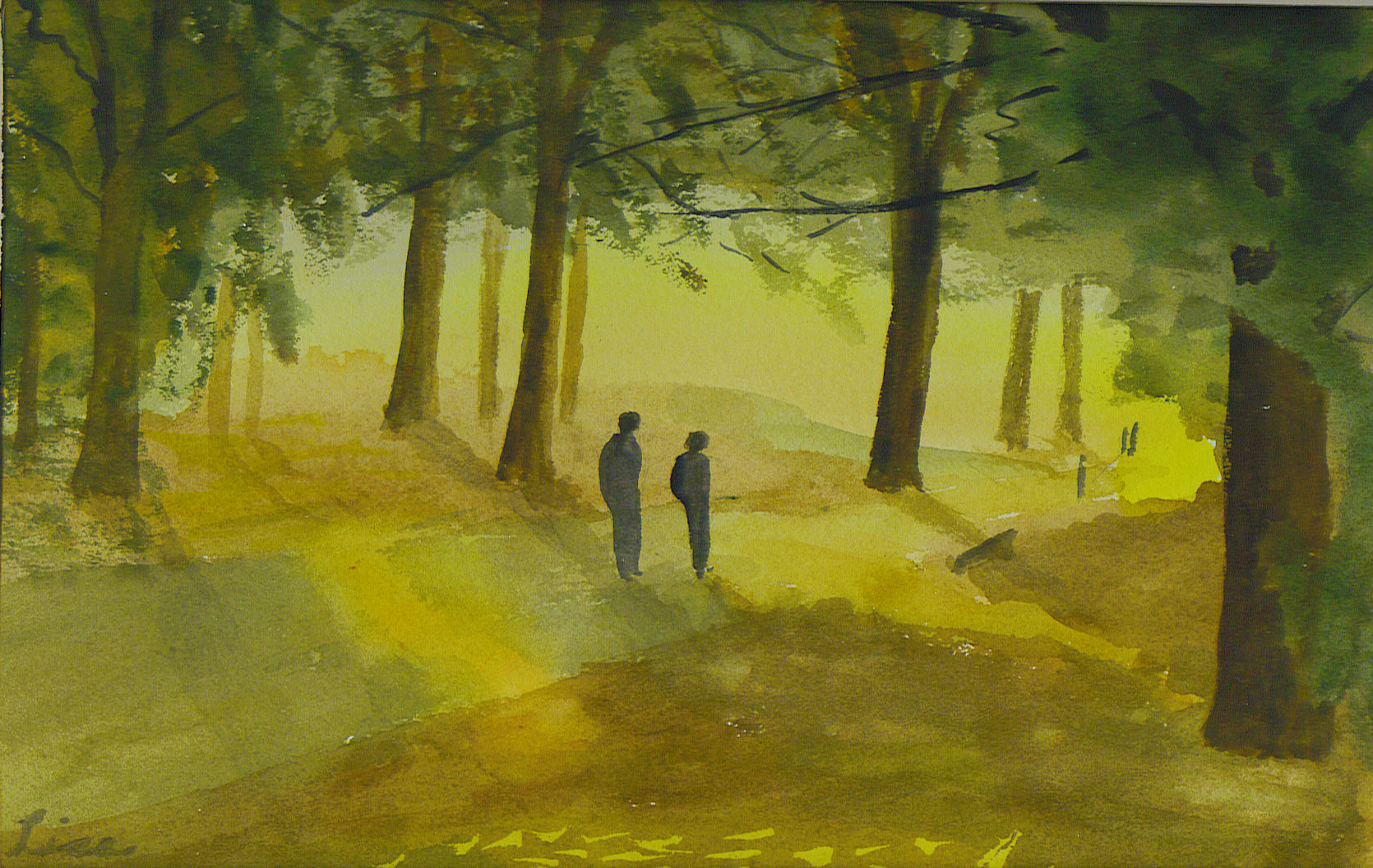Comedy in a New Mood

by Paul H. Grawe
Edited by Robin Jaeckle Grawe
© ITCHS 2010-2011
Annotated Table of Contents
Painting: "Autumn Walk" by Lisa Jaeckle
Part I: Sombre Comedy
[The chapters in this section have been reprinted from Sombre Comedy: Comedy in a New Mood (Northwestern University, 1971. See complete Contents.) This volume became the basis for all of Dr. Grawe's later works in genre and comedy studies. It should be noted that this document uses the word "comic" to mean "of or pertaining to comedy." In more recent documents Grawe uses the word "comedic" for that concept, in order to distinguish between comedy (formal comedy) and humor, the humorous, the funny, or comic.]
Forward: Genre Definition: A Logical Exercise
Chapter 1: Comedy and Sombre Comedy
[Establishing the definitions of comedy and sombre comedy, Grawe also comments on Congreve's The Way of the World, Jonson's Volpone, Molière's Tartuffe, Shakespeare's The Comedy of Errors, Giraudoux's The Madwoman of Chaillot, Wilder's The Matchmaker, Hansburry's Raisin in the Sun, Miller's After the Fall, and Shaw's Major Barbara; the films Breakfast at Tiffany's and The Graduate; as well as Romantic Comedy and Satiric Comedy.]
Chapter 2: The Domain of Sombre Comedy
[In establishing the domain or range of sombre comedy, Grawe includes studies of Synge's Riders to the Sea, Lorca's Blood Wedding, Teichmann and Kaufman's Solid Gold Cadillac, Saroyan's The Time of Your Life, Wilder's The Skin of Our Teeth, Beckett's Waiting for Godot, Beckett's Endgame, and Eugene Ionesco's Rhinoceros.]
Chapter 3: The Conventions and Techniques of Sombre Comedy
[In discussing the conventions and techniques of sombre comedy, Grawe includes studies of Chekhov’s Uncle Vanya, O’Neill’s The Iceman Cometh, Giraudoux’s Madwoman of Chaillot, Wilder’s The Skin of our Teeth, and Anouilh’s The Waltz of the Toreadors and of the films The Graduate and Breakfast at Tiffany’s.]
Chapter 4: The Metaphysical Implications of Sombre Comedy
[Grawe explores the debate over sombre comedy’s metaphysical implications among critics and playwrights, including Luigi Pirandello, Eugene Ionesco, Christopher Fry, Nathan Scott, Jr., Father William Lynch, and Nelvin Vos.]
Chapter 5: A Case in Point: The Cherry Orchard
Part II: Sombre Comedy and Humor: Essays on American Film Comedies
Chapter 6: Box Office Dark Comedy: Rain Man
Chapter 7: The Big Chill’s Entropic Humor
Chapter 8: Twelve Forms of Irony: The Theoretical Significance of Forrest Gump